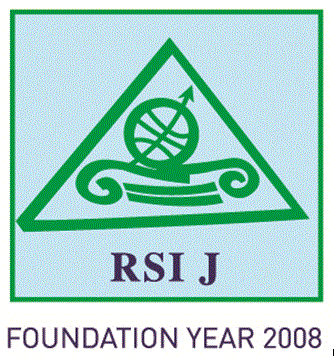Payam MOHAMMAD ALIHA
Ph.D candidate, National University of Malaysia (UKM), Malaysia
payammaliha@gmail.com
Tamat SARMIDI
Associate Professor Dr. at Faculty of Economics and Management, Universiti Kebangsaan Malaysia (UKM), Malaysia
tamat@ukm.edu.my
Abu Hassan SHAAR
Professor Dr. at Faculty of Economics and Management, Universiti Kebangsaan Malaysia (UKM), Malaysia
ahassan@ukm.edu.my
Fathin FAIZAH SAID
Dr. at Faculty of Economics and Management, Universiti Kebangsaan Malaysia (UKM), Malaysia
fatin@ukm.edu.my
Abstract
This paper estimates the relationship between financial innovation and money demand in world countries with a focus on the number of automated teller machines (ATMs) using the ARDL approach to cointegration. In this study, we estimated a conventional money demand model with currency in circulation (M2) as dependent variable and gross domestic product (GDP, constant 2005 US$), interest rate (IRATE), the number of automated teller machines per 100,000 adults (ATM) to take into account for the effects of financial innovation as dependent variables. It covers 215 countries and territories over the period 2004-2013. This paper adopts the bounds testing procedure developed by Pesaran et al. (2001) to test the stability of the long-run money demand and determine the short-run dynamics for all of the countries as a whole. The empirical evidence points to the existence of long-run and cointegrating relationships between variables meaning all of these variables move together in the long run. The speed of adjustment toward long run equilibrium is – 0.4345 which means that the whole system gets back to long run equilibrium at the speed of 43.45 percent. The results confirm that in the short-run, ATM does not impact money demand.
Keywords: Money demand, Financial innovations, Stability, ARDL, Cointegration.
JEL classification: R21, R32
